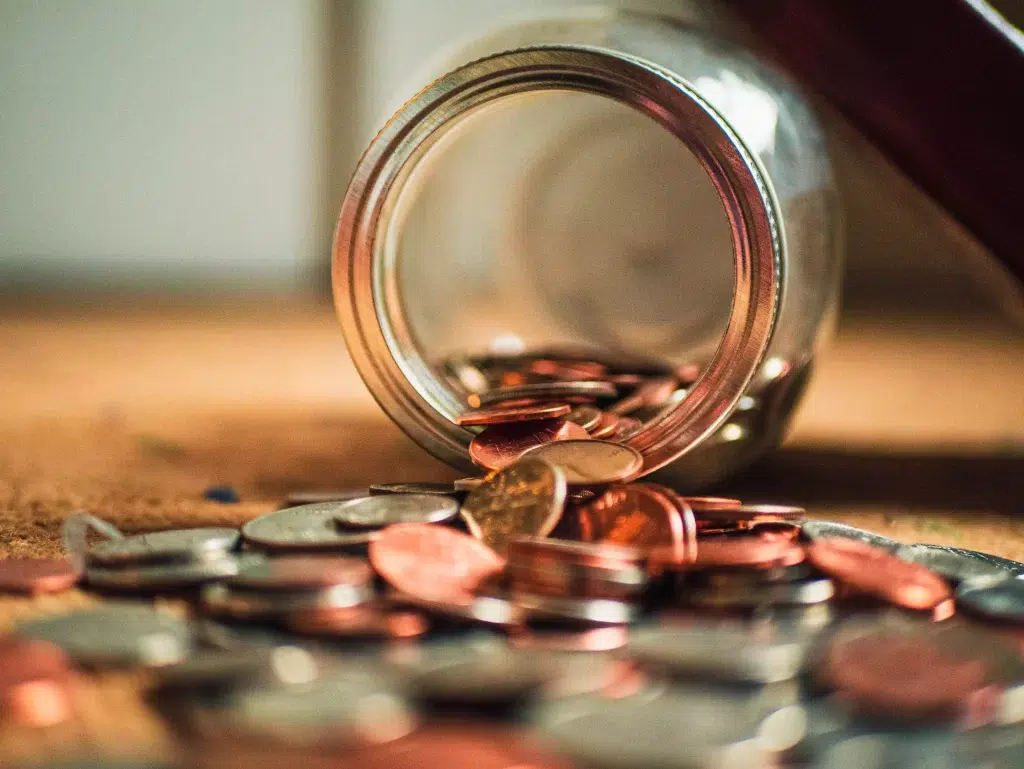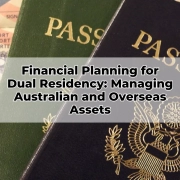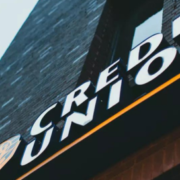What is money?
This article provides an overview of the concept of money and currency. It covers the history of banking and money, and explains the key characteristics of money. Additionally, it discusses the evolution of money from its origins to the current day.
What is money?
The $50 bill in your pocket may only be worth $50 because the government says it is. In reality, it may only be worth the cost of the paper and ink used to create it. Therefore, the money in your bank account and the majority of money in circulation may be better described as currency rather than “real money”. This distinction may not matter in most situations, but there are times when it is important to recognize the difference.
Throughout history, various items have been used as currency, such as shells and tobacco. However, to be considered real money, it must meet certain criteria. The most important are that it is:
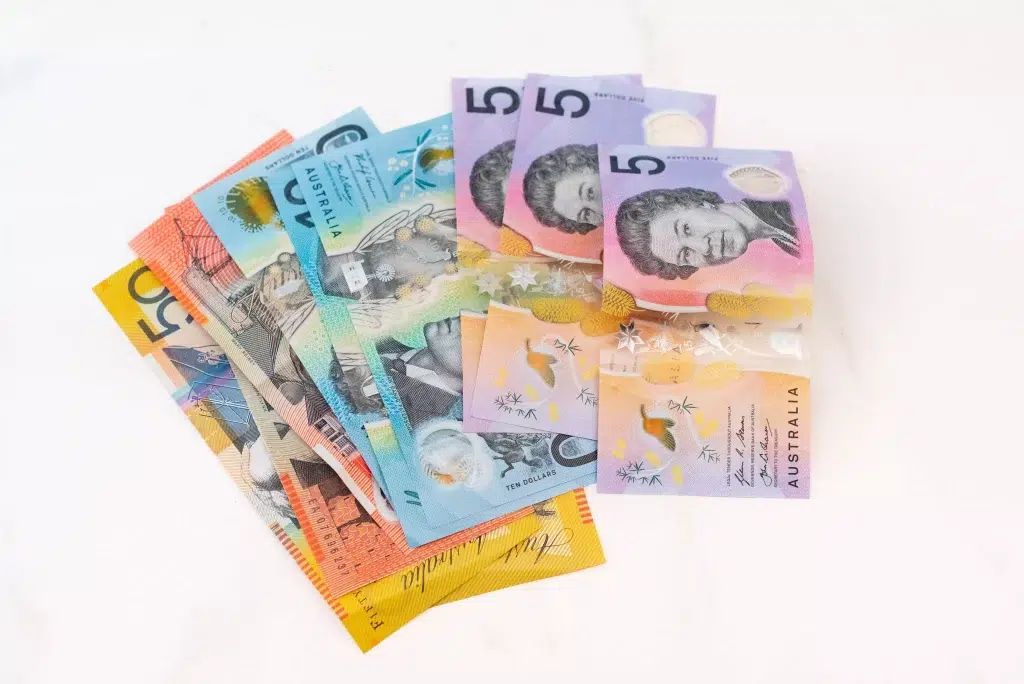
- Recognised as a medium of exchange and accepted by most people within an economy.
- Durable
- Portable, having a high value relative to its weight and size.
- Divisible into smaller amounts.
- Resistant to counterfeiting.
- A store of value over long timeframes.
- Of intrinsic value, i.e. not reliant on anything else for its value.
Throughout history, gold and silver have been considered the most ideal forms of currency, but they are not as commonly used today. It is important to store these precious metals securely, which led to the creation of paper money and our current banking system.
What started as a good idea...
Centuries ago, goldsmiths provided a safekeeping service for gold and silver, issuing receipts, or notes, to the owners as proof of their holdings. People soon realised that these notes could be used as a form of payment instead of the actual gold. The goldsmiths saw this as an opportunity to issue loans, using the notes as collateral. Since it was rare for people to redeem their notes for the actual gold, the goldsmiths could lend out more money than they had in gold. As long as borrowers paid back their loans on time and only a small number of people wanted their gold at any given time, the goldsmiths were able to transition into bankers.
However, not all situations ended favourably. In the case of an economic shock, people would often demand their gold back from the bank, and if the bank couldn’t fulfil the request, it would go bankrupt. To prevent this from happening, many countries established central banks and some governments even became lender-of-last-resort.
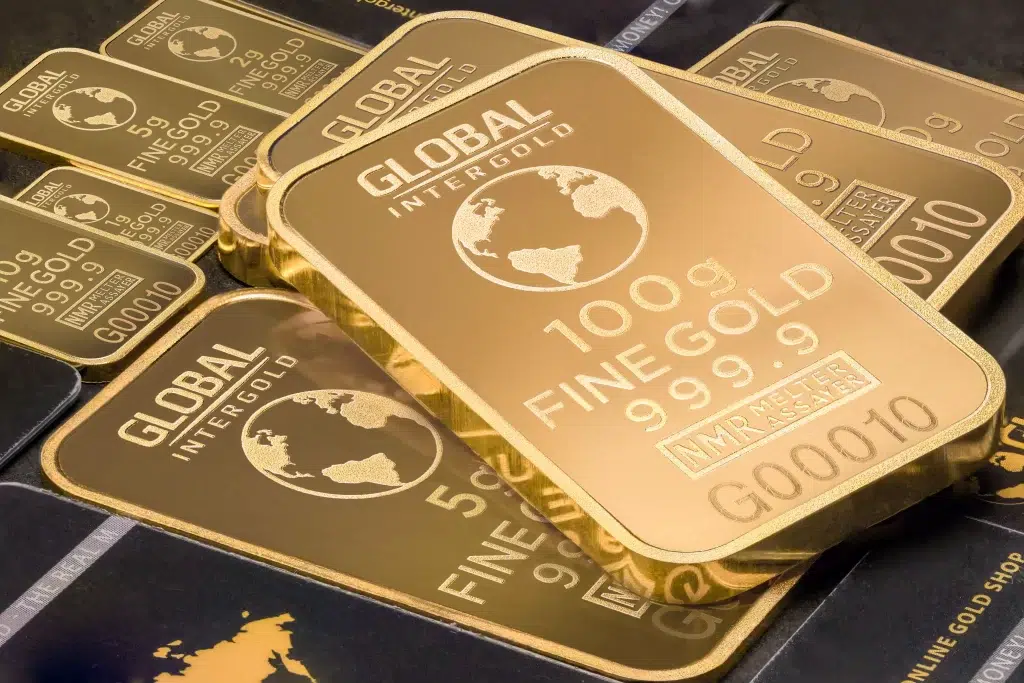
Private banks are still the primary source of currency creation today, though the process has evolved over time and is no longer linked to the gold standard. In the past, goldsmiths played a similar role in creating currency, but this is no longer the case due to the abandonment of the gold standard by most countries in the 20th century.
Although banks may now be more regulated than before, this does not guarantee that financial crises will not occur. The sub-prime lending scandal, which was a major contributor to the Global Financial Crisis, was caused by irresponsible selling of mortgages to individuals who were unlikely to be able to repay them, as well as the creation of complex financial instruments that amplified debt.
When things get real
During periods of economic stability, it may be easy to consider currency and real money as interchangeable. However, there are clear distinctions between the two.
For instance, when a government begins printing money to fund its initiatives, inflation may occur, causing the value of the currency to decrease. In cases of hyperinflation, such as what happened in Germany in the 1920s, paper money and bank deposits can rapidly become valueless.
Additionally, even in stable economies, banks can still fail, as demonstrated by the Lehman Brothers collapse in 2008.
In Australia, depositors are protected by a government guarantee up to $250,000 per person per Authorised Deposit-taking Institution (ADI). However, the value of “real” money such as gold remains constant despite inflation. Therefore, if the value of a unit of currency drops in half due to inflation, the price of gold will double.
Additionally, as long as gold is stored safely, it cannot be impacted by the debts of a poorly managed bank.
The distinction between currency and real money and the concept of intrinsic value are relevant for other investments as well. If you want to learn more, consult with a financial adviser.
